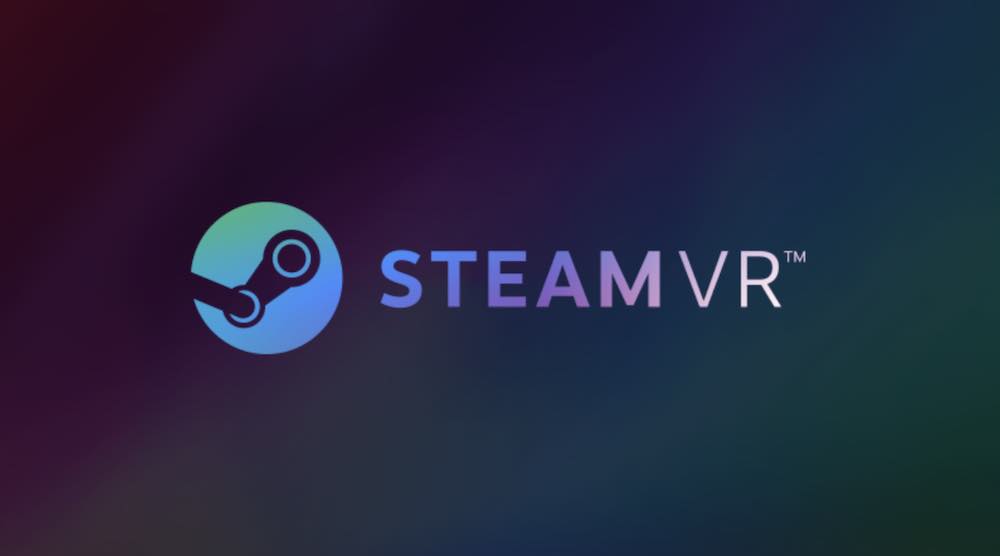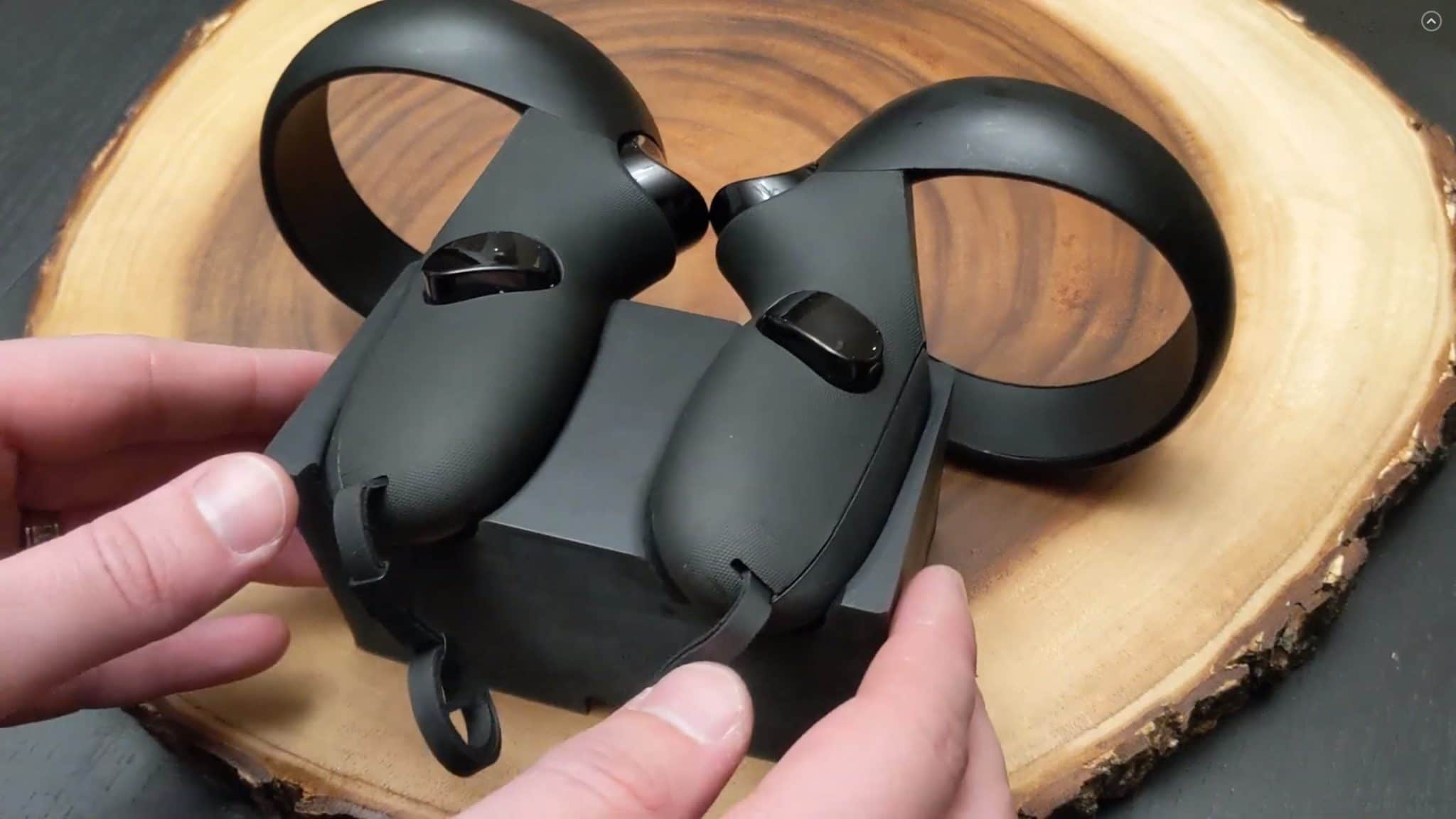Although at the hardware level Oculus has not made too much noise at GDC 2015, important changes are being prepared regarding the software and the SDK, supported by new functionalities implemented by the two large GPU manufacturers: AMD and nVidia.
First of all, the SDK will use DLLs that will avoid the need to recompile the projects with each new version to take advantage of new improvements. Obviously there will be cases in which yes, in the case of new functionalities that were not implemented, but if Oculus achieves a latency reduction by optimizations of its code, existing applications could take advantage of it automatically. It would be a similar operation to the drivers of graphics cards, which are updated quite frequently without forcing the games to have to get updates to keep working.
On the other hand, both AMD as nVidia implemented in their drivers a kind of “direct mode” (AMD calls it Direct To Display), similar to the Oculus offers in its runtime that will make the HMD does not affect the setting of computer screen and, very broadly, will allow developers to render directly in the HMD without going through the Windows display driver. In addition to this, there will be MultiGPU modes that will allow you to use one graphic for each eye. nVidia already has a driver with this option activated, available under NDA for some developers, and AMD has announced the same functionality.
Other improvements mentioned are Late-Latching (to improve head tracking latency), Asynchronous Timewarp and Asynchronous Shaders (they will allow the GPU to perform image processing and rendering tasks in parallel). We don’t know if some of these improvements will appear with the beta driver for Unity 5 that Oculus will release at the end of the month, but it is to be hoped that during the next few months all these functionalities will take shape so that the software will be as well prepared as possible when the CV1 arrives… whenever I’m gonna get there.









